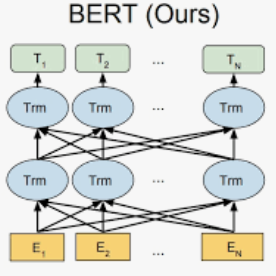Although considerable attention has been given to neural ranking architectures recently, far less attention has been paid to the term representations that are used as input to these models. In this work, we investigate how two pretrained contextualized language models (ELMo and BERT) can be utilized for ad-hoc document ranking. Through experiments on TREC benchmarks, we find that several existing neural ranking architectures can benefit from the additional context provided by contextualized language models. Furthermore, we propose a joint approach that incorporates BERT's classification vector into existing neural models and show that it outperforms state-of-the-art ad-hoc ranking baselines. We call this joint approach CEDR (Contextualized Embeddings for Document Ranking). We also address practical challenges in using these models for ranking, including the maximum input length imposed by BERT and runtime performance impacts of contextualized language models.
翻译:虽然最近相当重视神经排位结构,但对于作为这些模型投入的术语表述却很少注意。在这项工作中,我们调查了如何利用两种经过预先培训的背景语言模型(ELMO和BERT)来进行临时文件排位。通过对TREC基准的实验,我们发现现有的若干神经排位结构可以从背景语言模型提供的额外背景中受益。此外,我们建议采取联合办法,将BERT的分类矢量纳入现有的神经模型,并表明它比最新的特别排序基线要好。我们称之为CEDR(文件排位的逻辑化嵌床)。我们还解决了在使用这些模型进行排位时所面临的实际挑战,包括BERT规定的最大投入长度以及背景语言模型的运行时间性影响。





